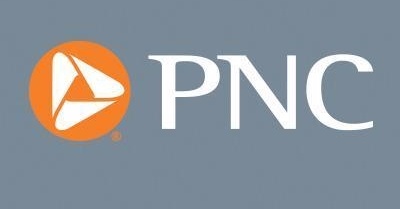
- The trade deficit pulled back in October to the smallest since April.
- October’s smaller trade deficit was due to a big jump in exports, largely because energy exports jumped after Hurricane Ida.
- Both exports and imports are at record highs, reflecting both large price increases as well as strong volumes of international trade.
- Trade will be a tailwind for real GDP growth in the fourth quarter as import growth slows.
- Global shipping delays will improve in the first quarter of 2022.
The goods and services trade deficit dropped sharply in October, down a seasonally-adjusted $14.3 billion to $67.1 billion from September’s record $81 billion deficit.
Exports surged 8.1% to a record-high $223.6 billion, with goods exports up 11.1% and services exports up 1.6%; September’s level of exports was revised down 0.4% to $206.8 billion from $207.6 billion.
Within the $15.8 billion surge in goods exports, industrial supplies and materials rose $6.4 billion, including increases of $2.8 billion for refined petroleum products and natural gas, $1.2 billion for crude oil, and $1.0 billion for gold. Exports of soybeans increased $1.8 billion, exports of auto vehicles, parts, and engines rose $1.5 billion, and exports of gem diamonds rose $1.1 billion.
Exports are at a record high, largely reflecting the bounce-back of energy shipments that fell because of Hurricane Ida. Exports of autos and auto parts also jumped in October as the auto industry continued to make progress in addressing supply chain problems that held back production earlier in 2021.
Imports rose 0.9% from September, with goods imports up 0.7% and services imports up 1.6%.
Imports of goods rose a much smaller $1.9 billion in October. Imports of industrial supplies and capital goods fell 0.9% and 0.7%, respectively, from September; imports of auto vehicles and parts jumped 5.7% as the auto industry worked through supply chain problems; and imports of consumer goods rose 1.5%.
Imports like exports are at a record high, but growth is slowing. Trade is volatile, so the trend is best seen through the three-month average growth rate; relative to three months earlier, the growth rate of imports in September and October was the slowest since imports began zooming higher in the summer of 2020. U.S. importers front-loaded many purchases ahead of the holiday season to get ahead of supply chain disruptions, causing imports to grow slower in September and October.
From a year earlier, exports were up 22.4% in October while imports rose 18.0%.
The course of the trade balance will be largely determined by the winter wave of the pandemic; if it makes American consumers become more cautious about being in crowded restaurants, entertainment venues, or airports again, services spending growth could stall in the winter, leading to another jump in goods spending which would fuel further increases in imports. If the winter wave comes better under control and Americans feel more confident about venturing out, services spending will grow faster than goods spending, and import growth will continue to slow.
Exports should grow rapidly in coming months. both China and Europe are experiencing energy shortages, which will increase their demand for U.S. fossil fuels.
After being a big drag on economic growth in most of 2021, trade will be a tailwind to growth in the fourth quarter of this year and into 2022. PNC forecasts for U.S. real GDP growth to accelerate to 4.4% annualized in the fourth quarter of 2021 from 2.1% annualized in the third.
The PNC Financial Services Group, Inc. is one of the largest diversified financial services institutions in the United States, organized around its customers and communities for strong relationships and local delivery of retail and business banking including a full range of lending products; specialized services for corporations and government entities, including corporate banking, real estate finance and asset-based lending; wealth management and asset management. For information about PNC, visit www.pnc.com.













